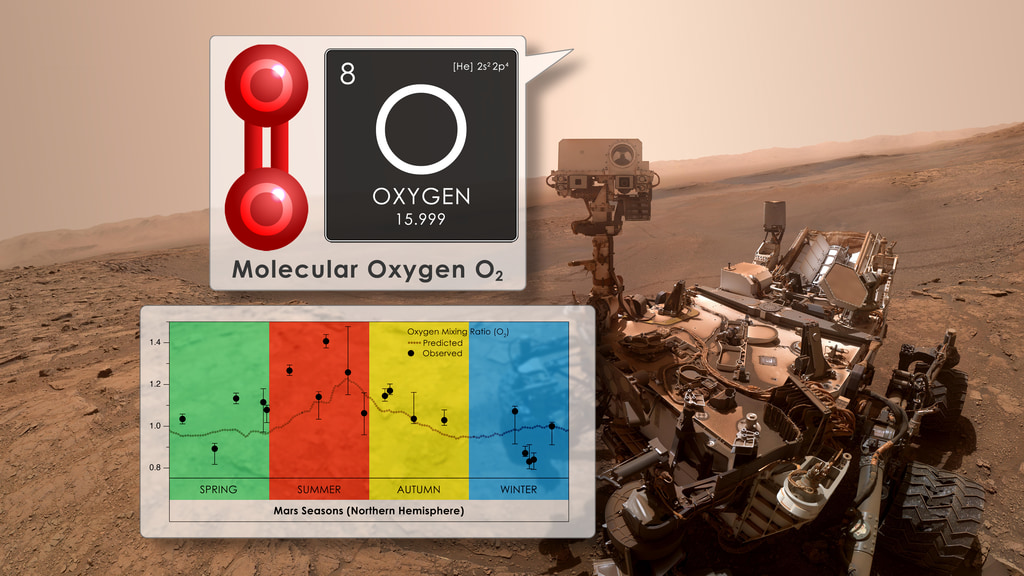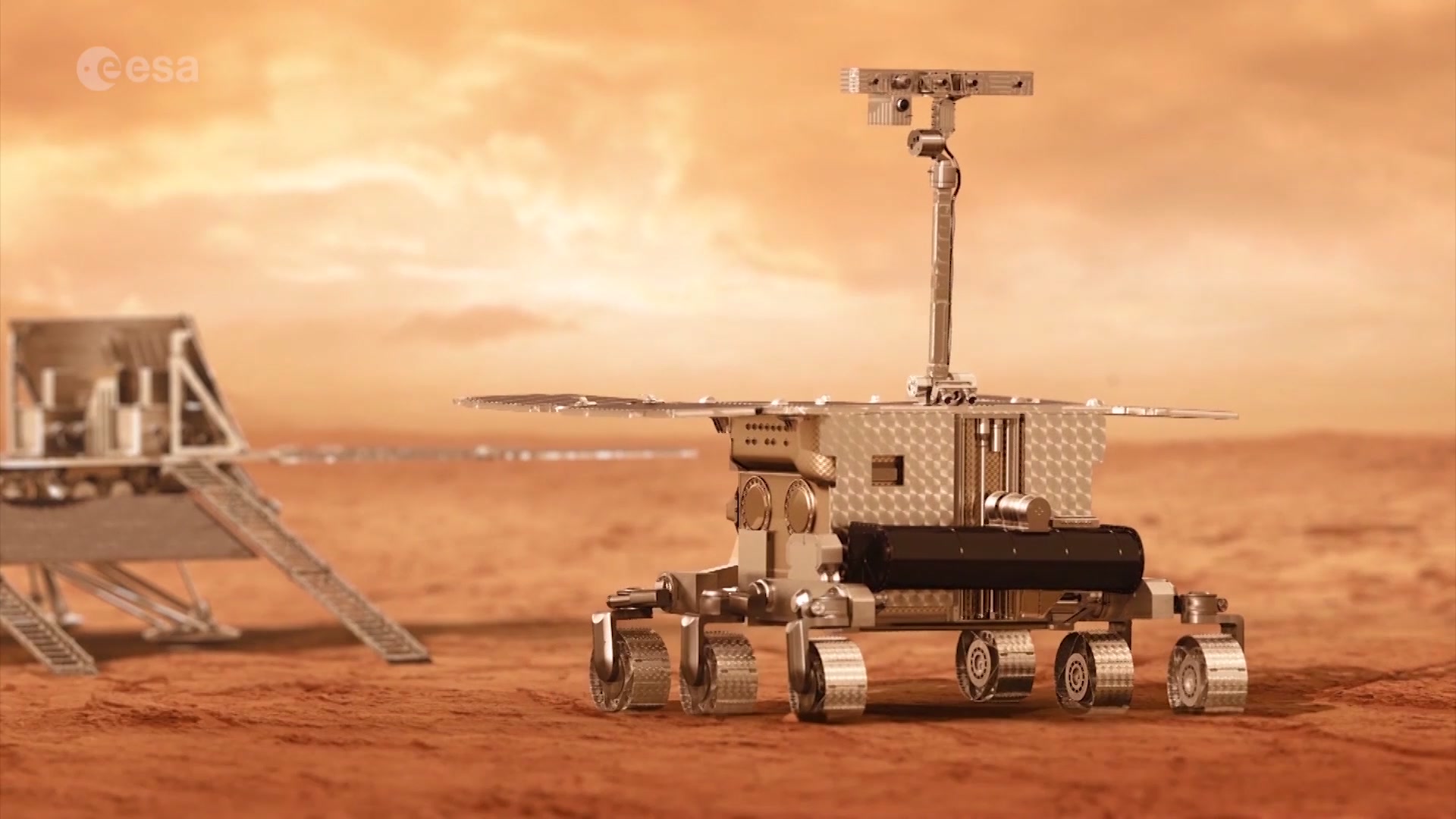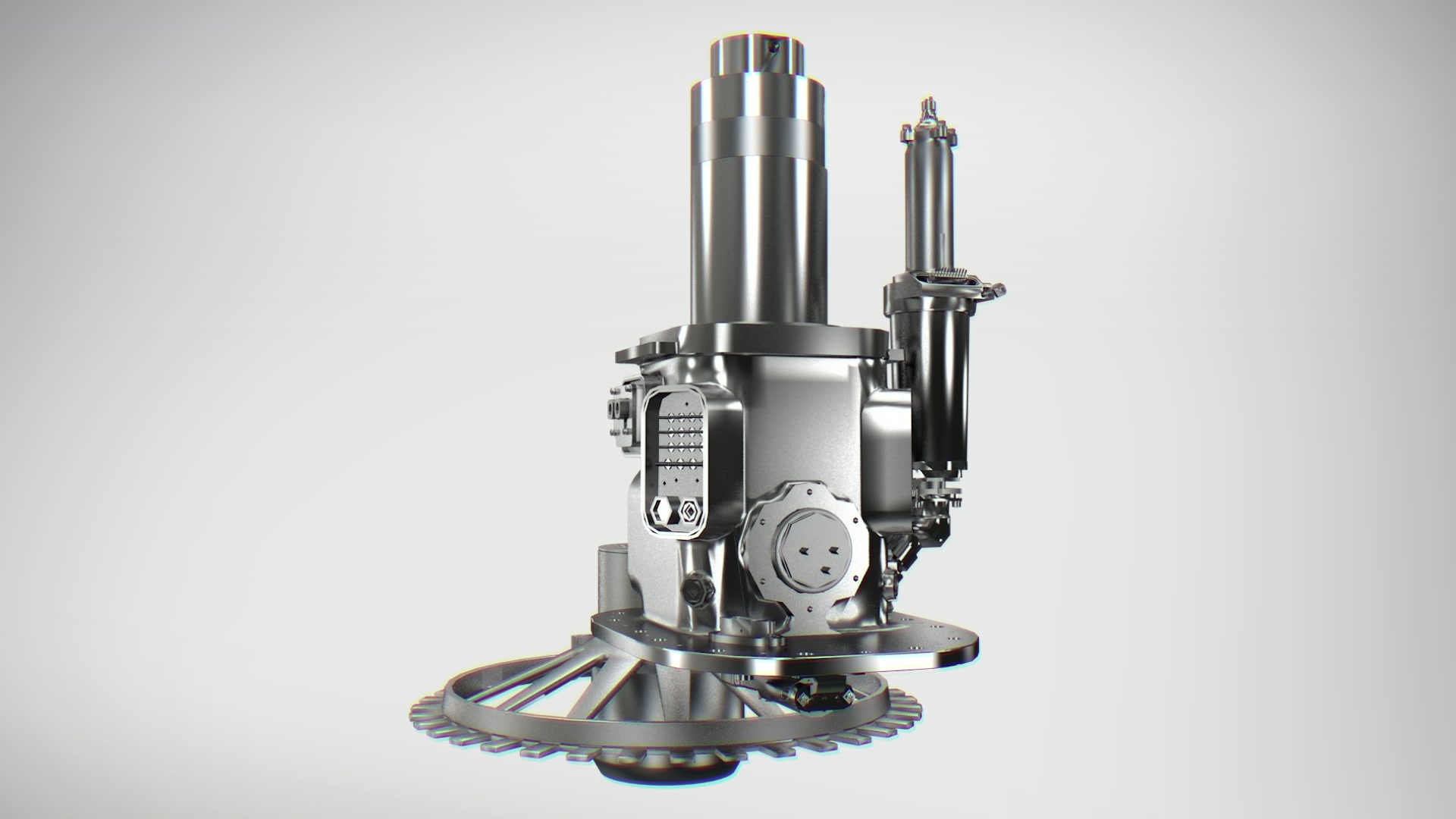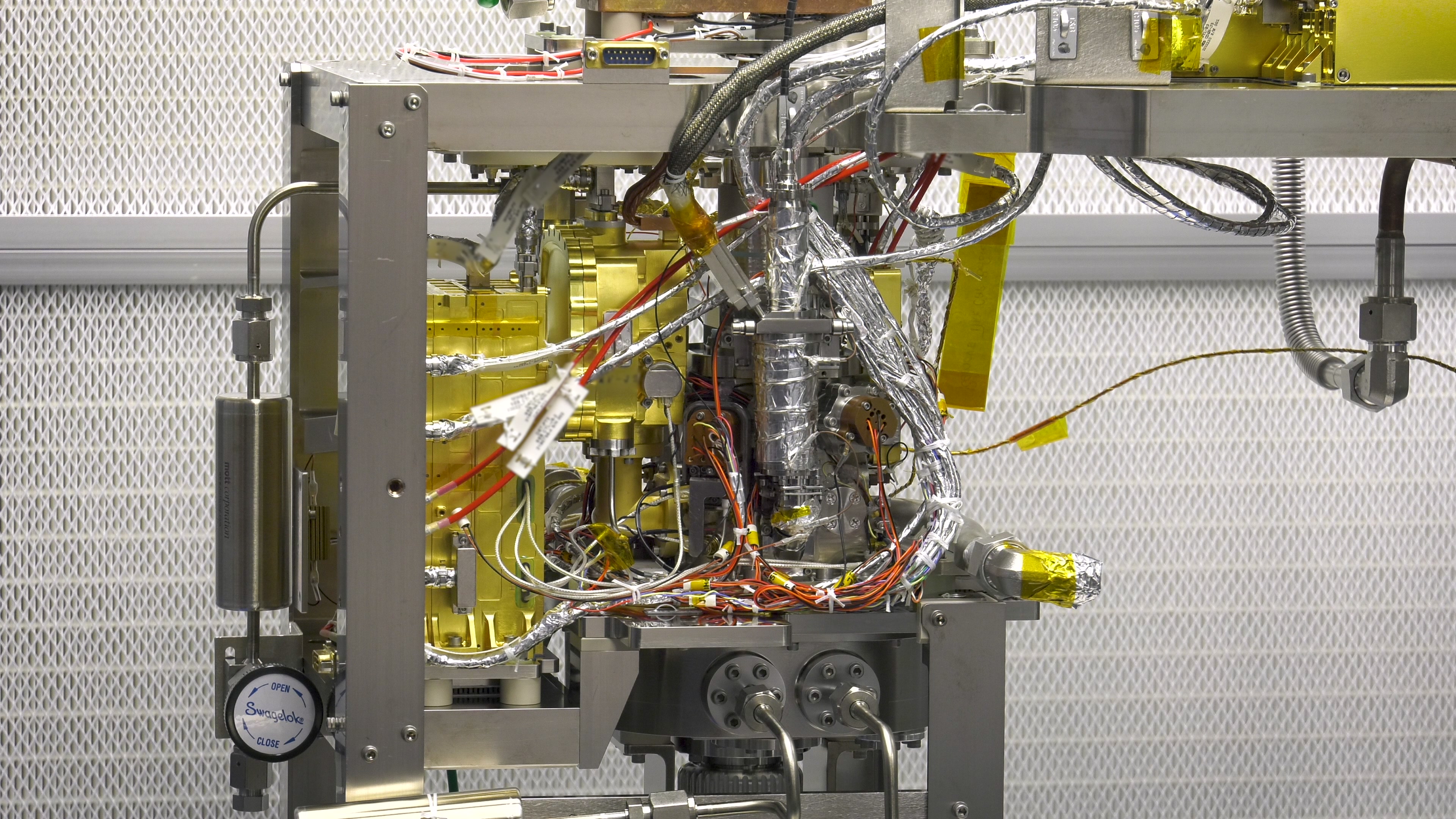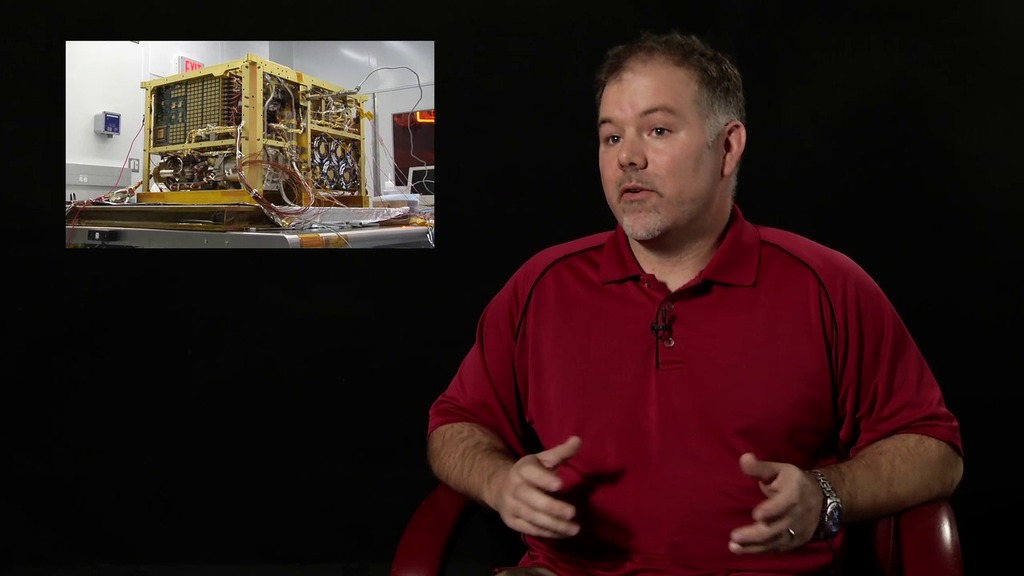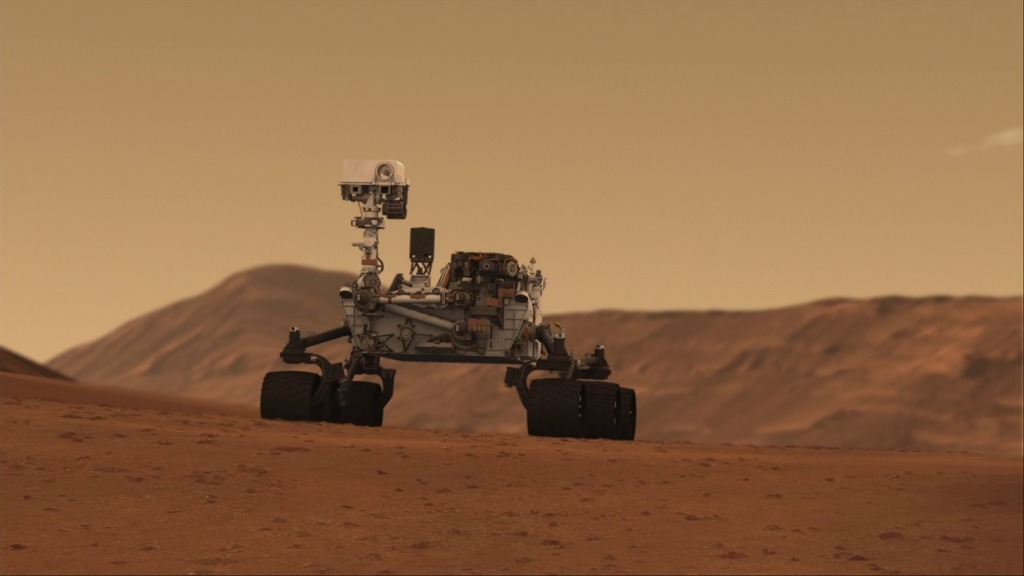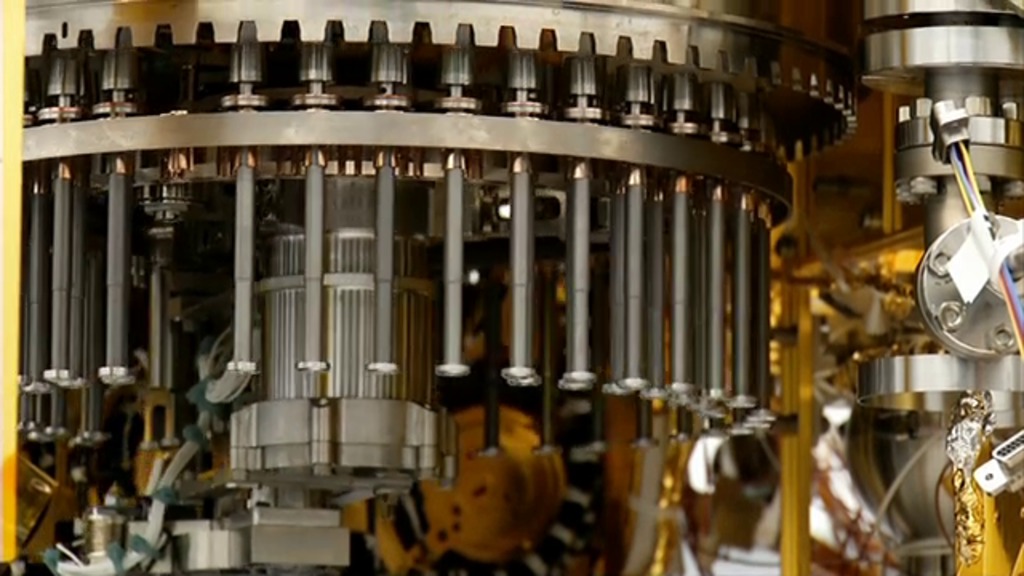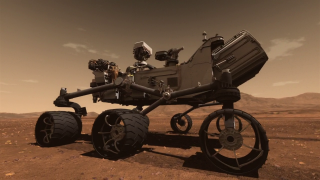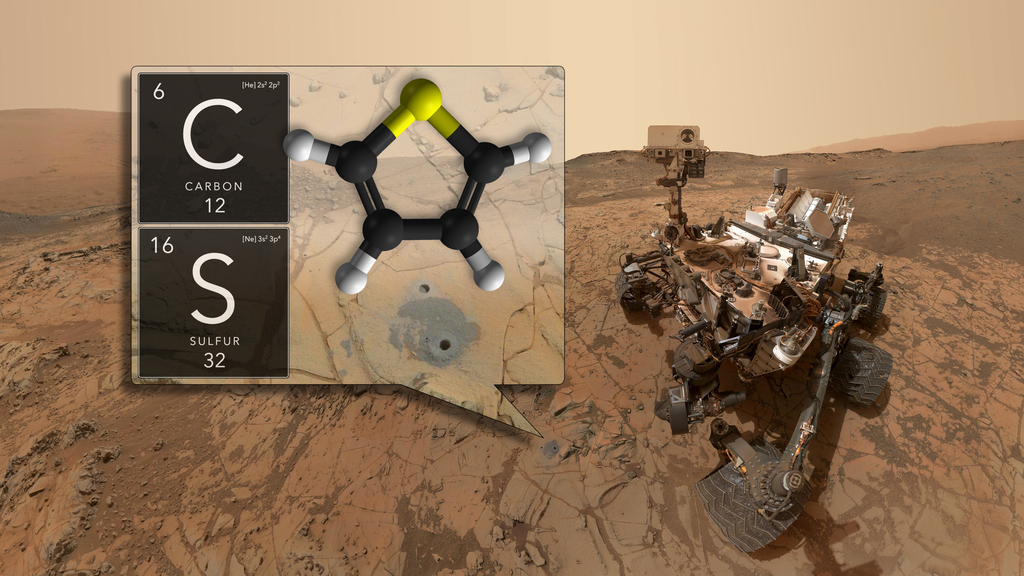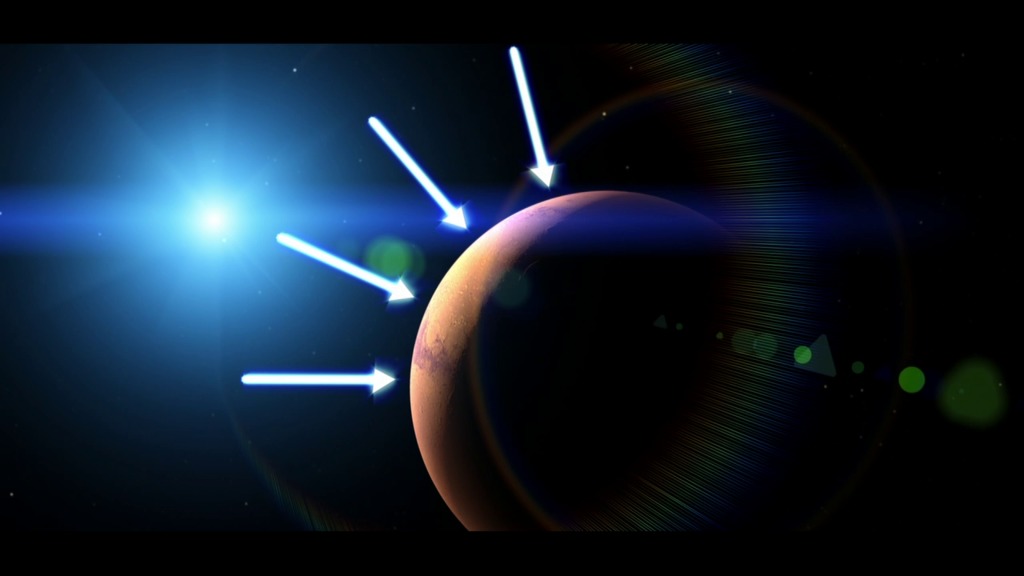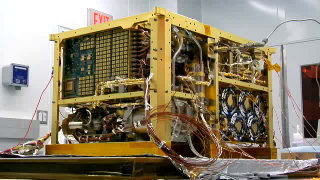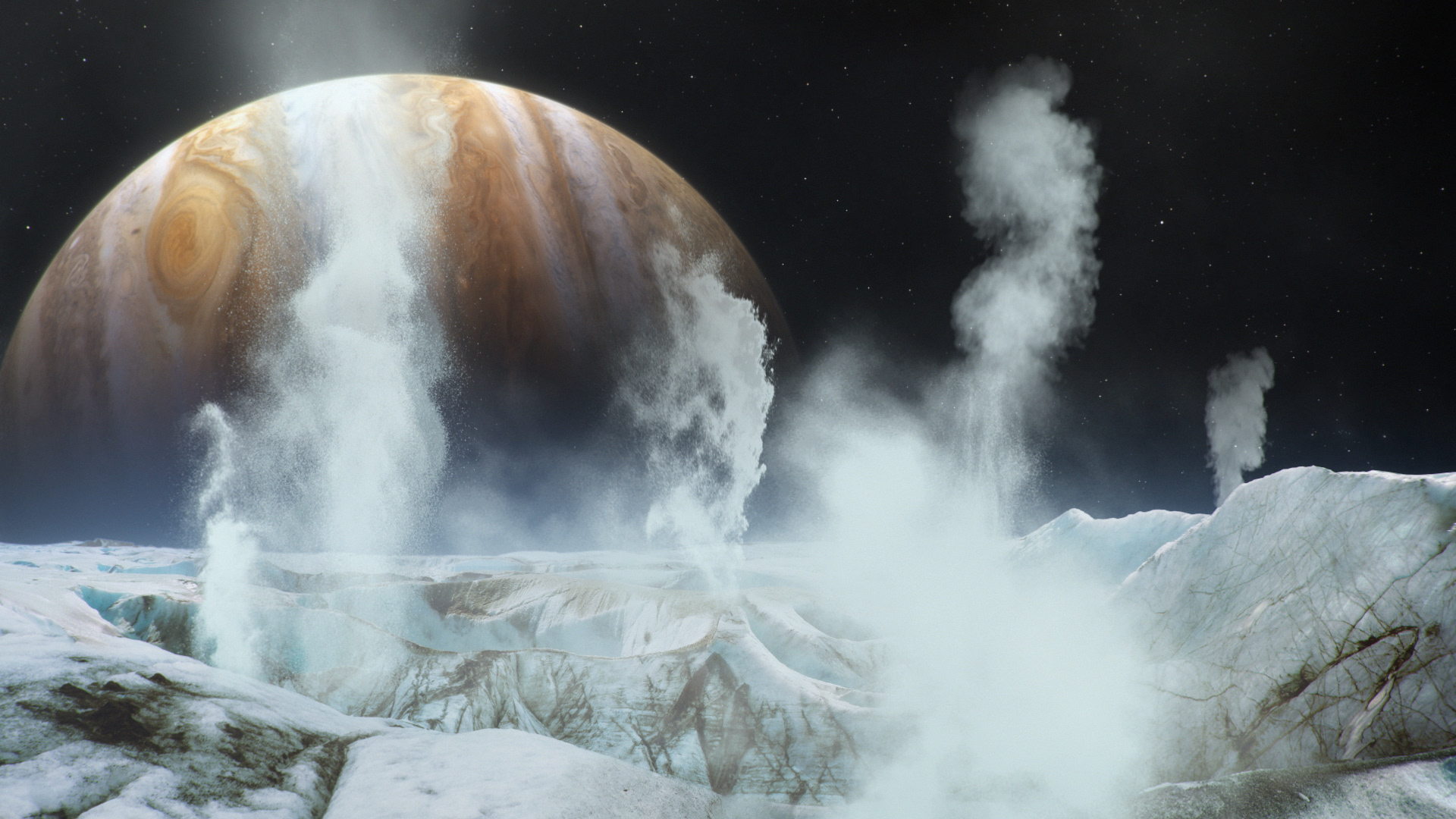Ancient Organics Discovered on Mars
The Curiosity rover has discovered ancient organic molecules on Mars, embedded within sedimentary rocks that are billions of years old. Complete transcript available.
Watch this video on the NASA Goddard YouTube channel.
Music provided by Killer Tracks: "Crystalline" by Enrico Cacace & Manuel Bandettini, "Based On True Events" by Eric Chevalier, "Mirrored Cubes" by Laurent Dury, "Lost In The Sky" by Matthews Samar
Since arriving at Mars in 2012, NASA's Curiosity rover has drilled into rocks in search of organics – molecules containing carbon. Organics are the building blocks of all life on Earth, though they can also come from non-living sources. The surface of Mars readily destroys these molecules, making them difficult to detect. Now, Curiosity has discovered ancient organics that have been preserved in rocks for billions of years. This finding helps scientists better understand the habitability of early Mars, and it paves the way for future missions to the Red Planet.
Learn more about this discovery, or visit NASA's Mars Exploration Program. For an in-depth explanation of the results, watch the NASA-TV broadcast featuring members of the Curiosity science team.
Interview sound bites with research scientist and astrobiologist Dr. Jennifer Eigenbrode.

Curiosity poses for a self-portrait, along with one of the organic molecules that it discovered. On the ground next to the rover are two small drill holes marking the site of the discovery, in a sedimentary rock named "Mojave 2."
Curiosity's SAM instrument discovered thiophene (an organic molecule containing sulfur), shown here with its mass spectrum.
The small hydrocarbons that SAM detected are believed to be coming from larger macromolecules, similar to kerogens on Earth.
For More Information
See NASA.gov
Credits
Please give credit for this item to:
NASA's Goddard Space Flight Center
-
Interviewee
- Jennifer Eigenbrode (NASA/GSFC)
-
Producer
- Dan Gallagher (USRA)
-
Scientists
- Jennifer Eigenbrode (NASA/GSFC)
- Paul Mahaffy (NASA/GSFC)
-
Editor
- Dan Gallagher (USRA)
-
Science writer
- William Steigerwald (NASA/GSFC)
-
Videographer
- Rob Andreoli (Advocates in Manpower Management, Inc.)
-
Production assistant
- John Caldwell (Advocates in Manpower Management, Inc.)
-
Animators
- Lisa Poje (Freelance)
- Josh Masters (USRA)
- Walt Feimer (KBR Wyle Services, LLC)
- Michael Lentz (USRA)
- Chris Smith (SLAC)
- John Blackwell (LPI)
-
Project support
- Molly Wasser (ADNET Systems, Inc.)
-
Technical support
- Aaron E. Lepsch (ADNET Systems, Inc.)
Release date
This page was originally published on Thursday, June 7, 2018.
This page was last updated on Monday, July 15, 2024 at 12:12 AM EDT.
